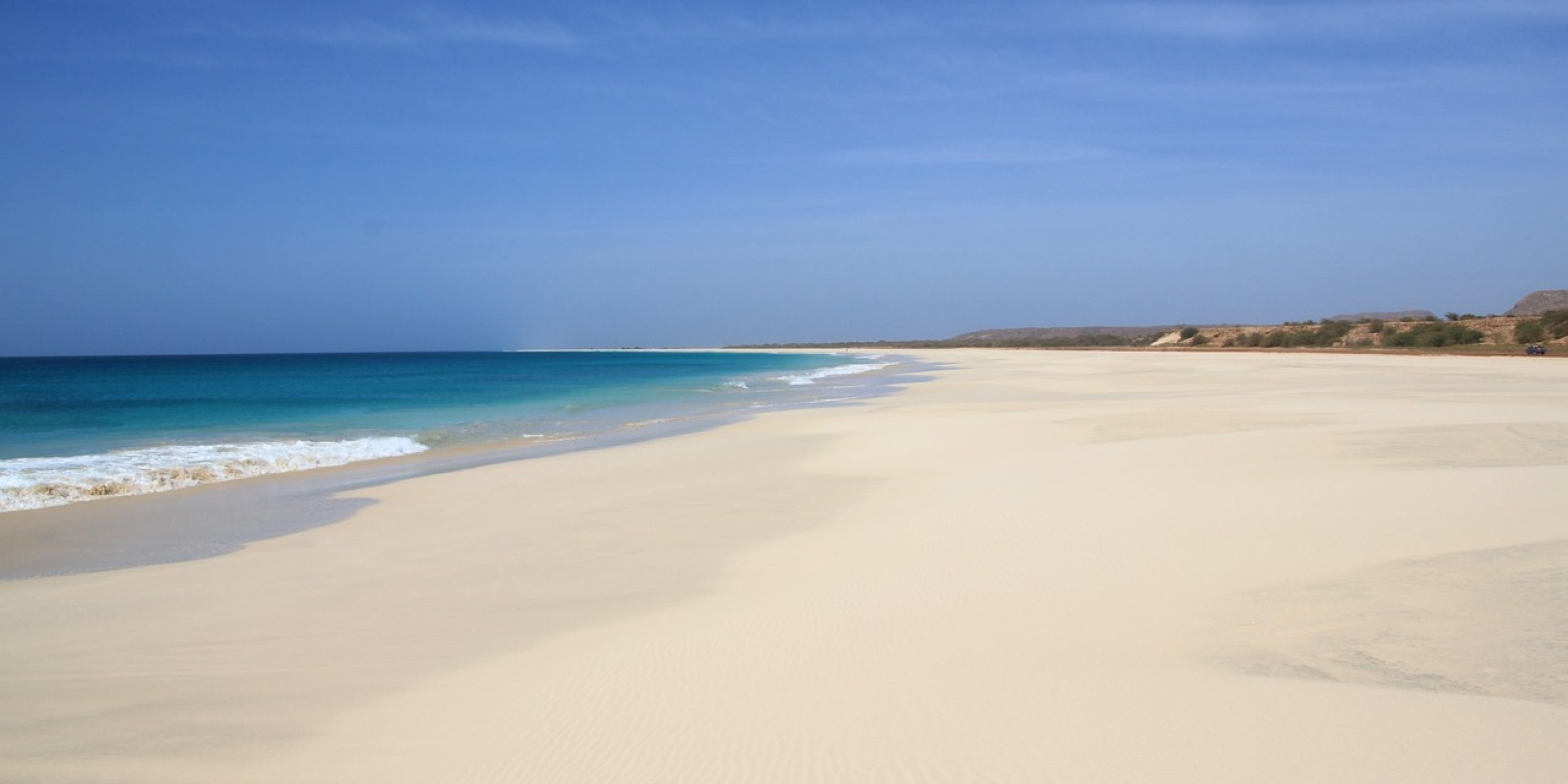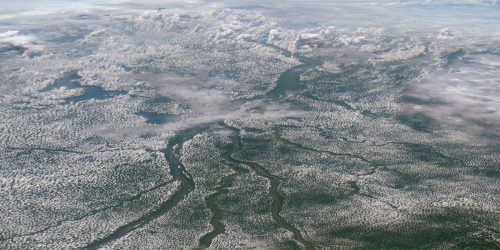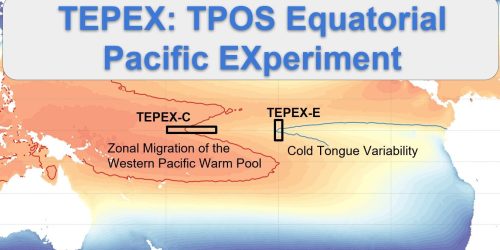African easterly waves (AEWs) are atmospheric patterns which move from east to west at heights of about 4 kilometers above the ground. AEWs have an important influence on West African weather and climate, while also contributing to tropical cyclone formation. Representing AEWs accurately in prediction models is critical to better understand future atmospheric processes and extreme weather events in this region. A recent study, partially supported by the Climate Program Office’s Climate Variability & Predictability (CVP) Program, examines model results of AEWs as they relate to recent high-resolution satellite rainfall observations. Xianin Jing, a CVP-supported scientist of the University of California, Los Angeles, led a team of researchers using a NASA atmospheric global climate model to examine the way AEWs change over time, their structure at different altitudes, and how they are linked to tropical cyclone formation. The results, published in the Journal of Climate, identify specific relationships between AEW behavior and latitude, precipitation patterns, and landscape features like regional highlands. The study also points out some possible linkages between AEW behavior and tropical cyclone formation, but highlights the need for further research on this topic. CVP supported this work to advance our process level understanding of air-sea interactions.
Using a Global Climate Model to Determine the Influence of African Easterly Waves











